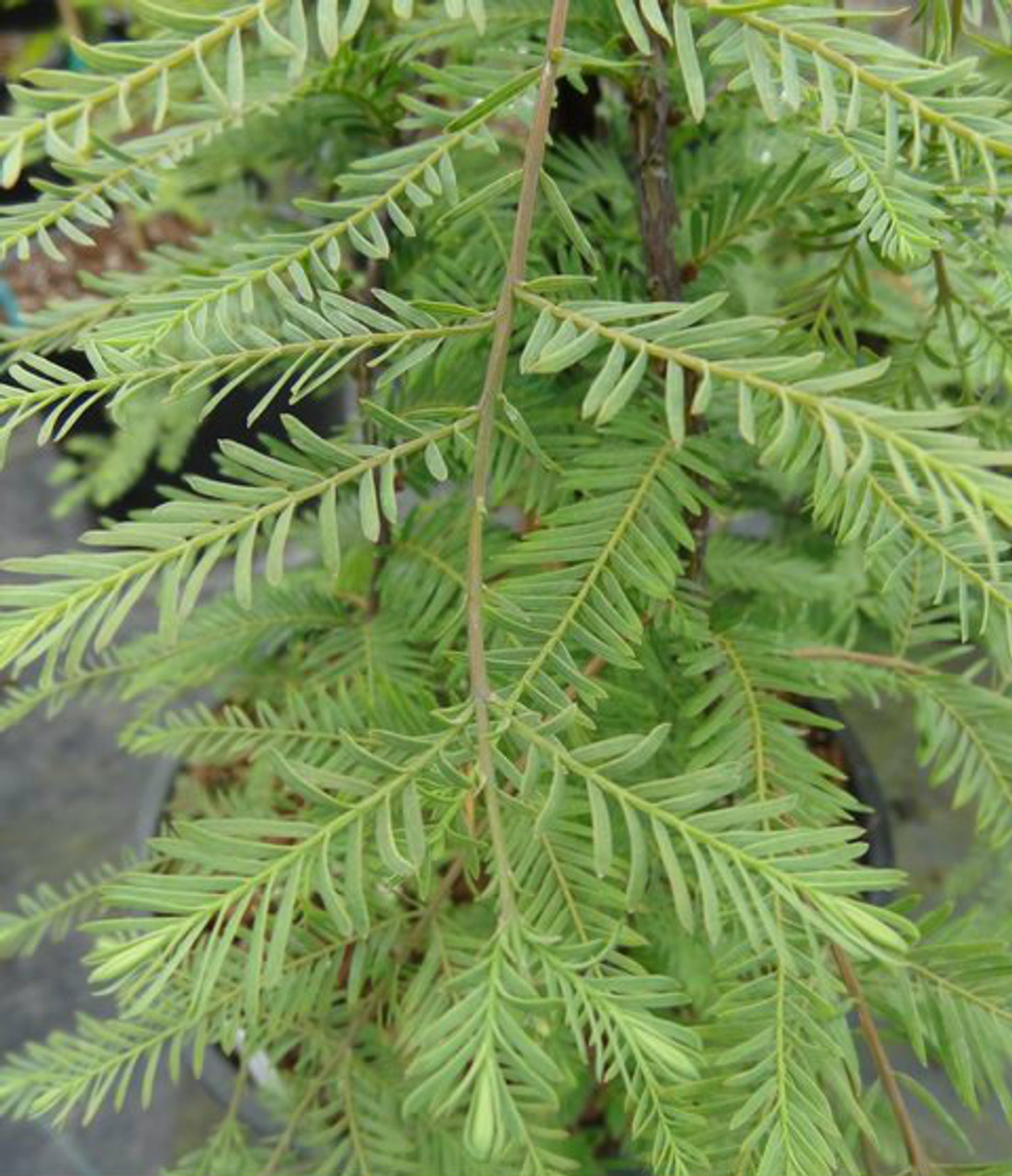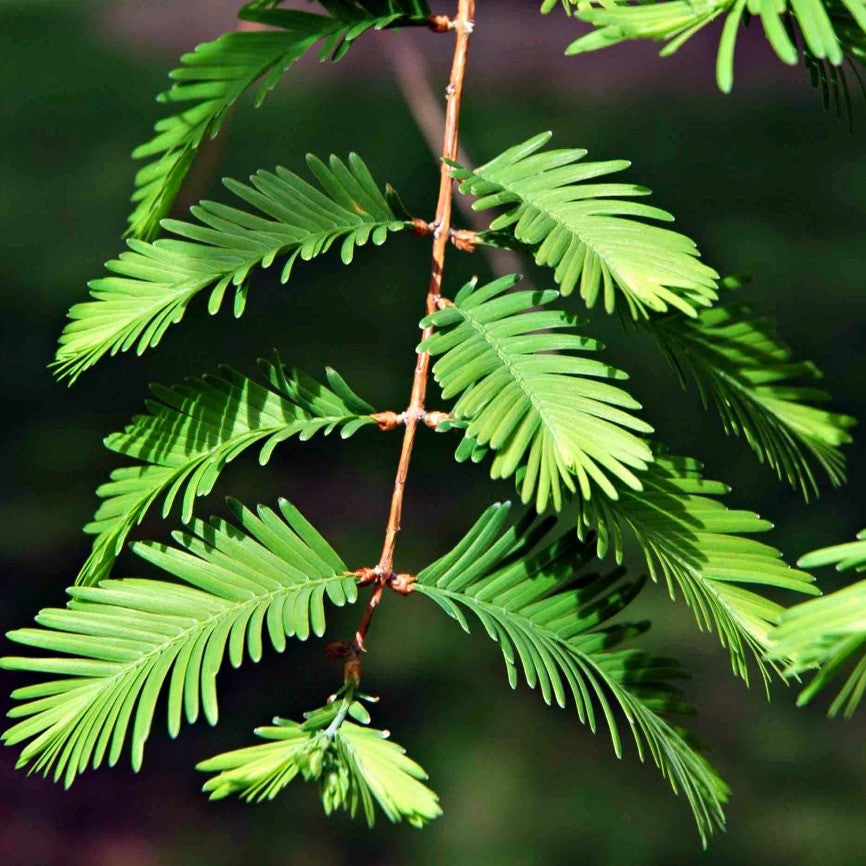

A rare deciduous conifer, its foliage turns gorgeous colors in the fall before dropping to create a stunning bronze carpet of soft needles on the ground. Metasequoia is hardy to at least hardiness zone 5: anyone from Vermont to Alabama, or San Francisco to Vancouver, can grow and enjoy this beautiful tree. Notably they have proven to be highly tolerant of urban conditions, and are now commonly found in cities and gardens throughout temperate zones. They quickly entered the nursery trade, where they were promoted as resilient ornamentals. Seeds from the largest trees were collected and brought back to arboreta in the United States, where they were grown and distributed throughout gardens across the continent. Some had grown for countless generations on the edges of the village’s rice paddies, while other trees grew in the mountains alongside oak, beech, sassafras, rhododendron, azalea, iris, and hydrangea.

Although they are the smallest of the redwoods, the mature trees (which can live for many centuries) reach heights of over 200 feet with 11-foot-thick trunks. Tea made from the bark cured people who were close to death. They built shrines beneath them where they left offerings. The villagers who lived near the trees called them shui-shan (水杉, meaning ‘water fir’) and had long revered them as gods. When botanist Wang Zhan, dodging civil war and foreign invasion, discovered Metasequoia trees growing in a remote valley of China in 1943, it was like someone had found a living dinosaur. Then, miraculously, it was found to still be alive. When it was described by a Japanese paleontologist in 1941, the extinct tree was given the name ‘ Metasequoia’, meaning ‘Redwood-like tree.’ It then disappeared from the fossil record completely around 20 million years ago. Once the earth began to cool, it migrated south over the Beringia Corridor into East Asia. dropping its foliage seasonally) during this period as a response to the Arctic circle’s light cycles, in which winter brings 3 months of darkness. Some scientists believe that the species became deciduous (i.e. During the Paleocene-Eocene Thermal Maximum event 52 million years ago (in which a massive spike in CO2 levels caused global temperatures to rise by 5 ☌ almost overnight), dawn redwood was forced to migrate north to the Arctic circle where the climate was temperate, if not subtropical, and became a major part of the Arctic deciduous forest. The earliest fossils are older than 150 million years, and toward the end of the Cretaceous it had become one of the most dominant trees in northern forests, particularly across what would later become North America. Dawn redwood ( Metasequoia glyptostroboides) is a truly unique tree - often called a "living fossil" due to its incredible age.


 0 kommentar(er)
0 kommentar(er)
